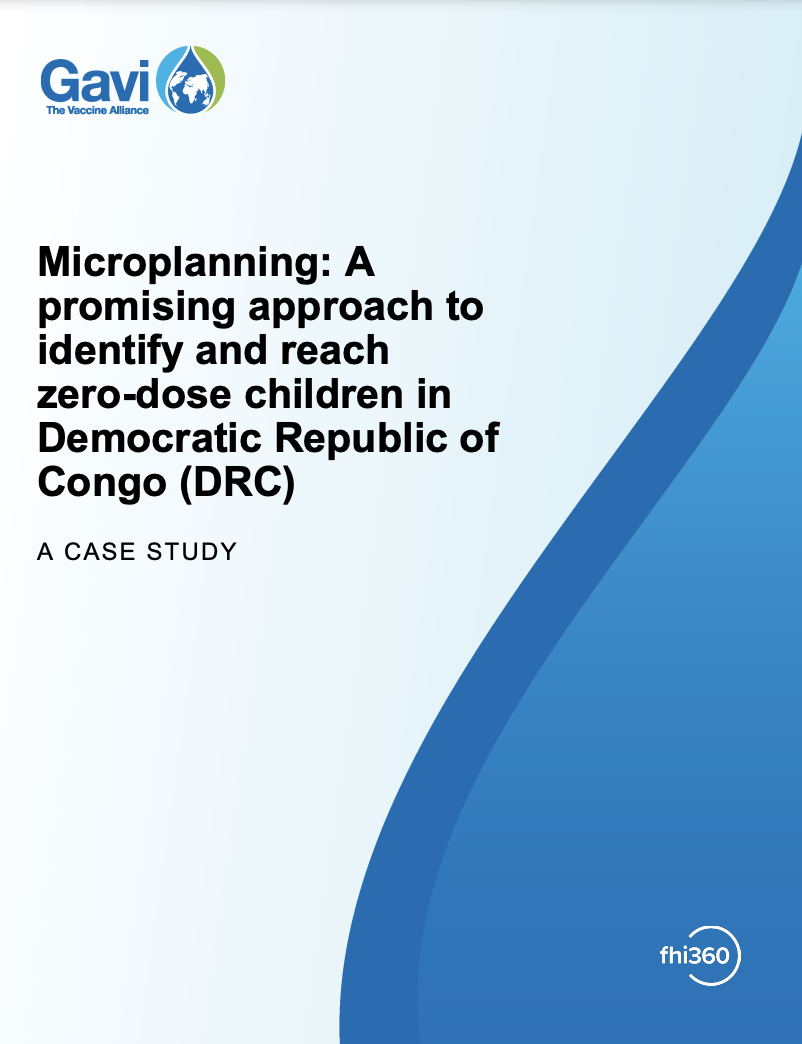Guidance note
Modelling optimal site placement for COVID-19 vaccination
How far does one need to travel to reach a vaccination site? What could be done to improve access to this service? Can we upgrade existing facilities to improve access to vaccination or do we need to create new fixed or mobile sites in specific areas?
Answering such questions is essential to successful immunisation interventions, particularly in the context of the COVID-19 pandemic and governmental efforts to roll out effective vaccination campaigns.
In this guide, you will learn:
- What is site placement optimisation?
- How to use the outputs for COVID-19 vaccinations?
- How to use an ArcGIS dashboard to interact with the outputs?
- How to use optimisation outputs for decision-making?
- What support is available from GRID3?
This document is aimed at anyone who is looking for new solutions to improve the efficiency and effectiveness of their vaccine delivery interventions, through better service coverage across the population of interest.



